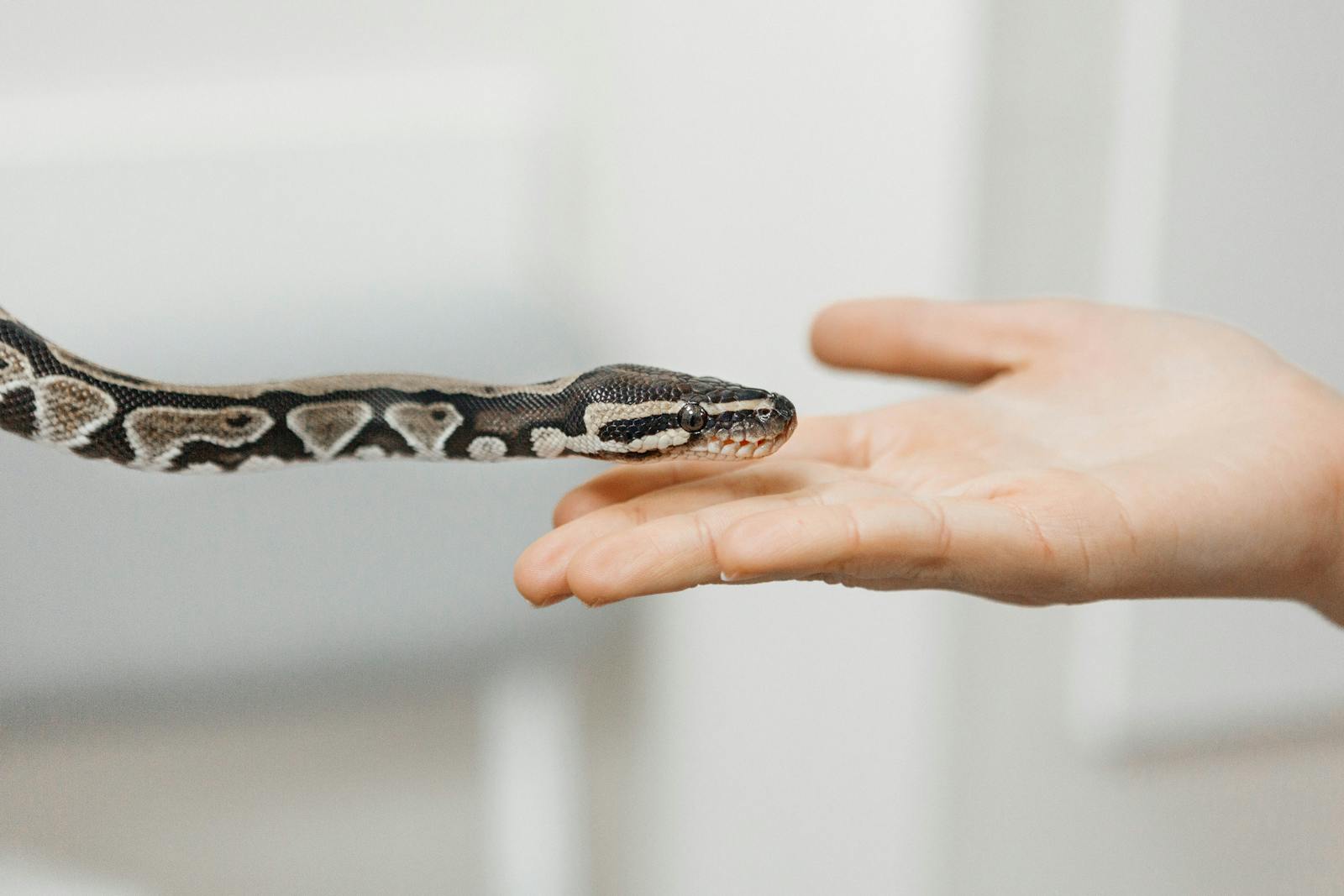Snakes have long been subjects of fascination, fear, and misconception in human culture. From ancient mythology to modern pet keeping, these reptiles continue to evoke strong reactions. One particularly intriguing question that both snake enthusiasts and sceptics alike often wonder is whether non-venomous snakes can detect or respond to human emotions. This article explores the science behind snake perception and their sensory capabilities and examines whether these remarkable reptiles can truly tune into our emotional states. By understanding the biological realities of how snakes perceive their world, we can better appreciate these often misunderstood animals and develop more informed relationships with them.
The Sensory World of Snakes

Snakes experience their environment in ways dramatically different from humans. While we rely heavily on vision and hearing, snakes possess specialized sensory adaptations that give them unique perspectives on their surroundings. Most species have limited color vision and no external ears, instead detecting vibrations through their jawbones. They possess specialized heat-sensing pits (in some species), an extraordinary sense of smell enhanced by their forked tongues, and sensitivity to chemical signatures in their environment. This sensory toolkit has evolved primarily to help them find prey, avoid predators, and locate mates rather than to interpret complex emotional states of other animals. Their perception is highly adapted for survival in their ecological niches but operates on fundamentally different principles than human sensory systems.
How Snakes Process Chemical Information

The primary way snakes gather information about their environment is through chemical detection, which far surpasses human capabilities in this domain. Their forked tongues collect particles from the air, ground, and water, which are then transferred to the vomeronasal organ (Jacobson’s organ) in the roof of their mouth for processing. This sophisticated chemical analysis system allows snakes to detect prey trails, recognize territorial markings from other snakes, and identify potential mates with remarkable precision. When a snake flicks its tongue near a human, it’s collecting chemical information about the person—including compounds in sweat, skin oils, and even breath. While this means snakes can detect certain physiological changes in humans, this mechanism is quite different from emotionally “reading” a person in the way we might imagine.
The Science Behind Body Heat Detection
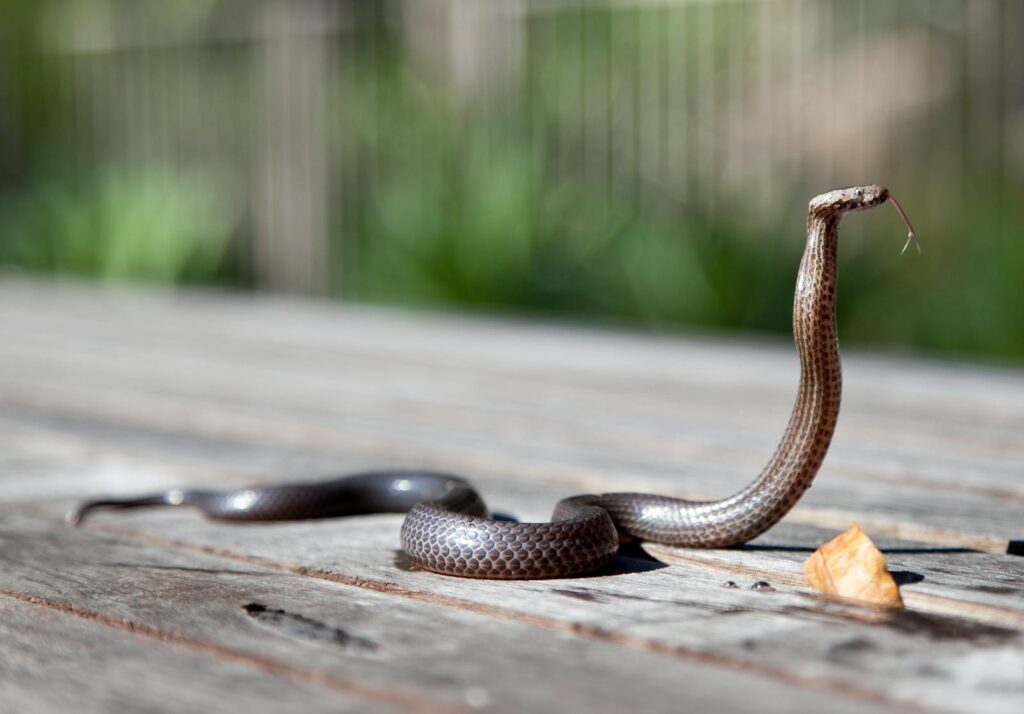
Some snakes, particularly pit vipers like rattlesnakes and pythons, possess specialized heat-sensing organs called pit organs that can detect minute temperature differences in their environment. These remarkable structures function as infrared detectors, allowing the snake to create a thermal image of their surroundings even in complete darkness. This adaptation evolved primarily for hunting warm-blooded prey. When humans experience strong emotions such as fear or anger, subtle changes in body temperature can occur as blood flow patterns shift. Theoretically, a snake with heat-sensing capabilities might detect these thermal variations, though they would interpret this information as simple temperature data rather than understanding the emotional cause behind it. It’s important to note that most common non-venomous pet snakes like corn snakes and ball pythons lack these specialized heat-sensing organs.
Can Snakes Detect Fear Pheromones?

The question of whether snakes can smell fear is more complex than simply yes or no. Humans do release different chemical compounds when experiencing strong emotions like fear or stress. These chemical signatures come from sweat, skin oils, and breath—all of which contain information about our physiological state. Snakes, with their exceptional chemosensory abilities, can detect these chemical changes to some degree. However, it’s crucial to understand that a snake doesn’t conceptualize these chemical signatures as “fear” in the way humans understand emotions. Instead, they likely process this information more neutrally, simply registering that something about the human’s chemical signature has changed. Research in this area remains limited, but most herpetologists agree that while snakes can detect physiological changes associated with emotions, they don’t comprehend the emotional meaning behind these changes.
Behavioral Responses to Human Handling

Snake owners often report that their pets seem to recognize them and respond differently to their handling compared to strangers. While some of this perceived recognition may be anthropomorphism (attributing human characteristics to animals), there is likely some truth to these observations. Snakes can certainly distinguish between different humans based on scent, handling technique, body temperature, and movement patterns. A snake may appear calmer with its regular handler simply because it has habituated to that person’s specific chemical signature and handling style. This doesn’t necessarily mean the snake is responding to the person’s emotional state, but rather to consistent, predictable handling that doesn’t trigger defensive responses. Some snakes also demonstrate preference for certain handling techniques—gentle, supportive handling typically creates less stress than abrupt or restrictive handling, regardless of the handler’s emotional state.
The Reptilian Brain and Emotional Processing

The structure of the snake brain differs significantly from mammalian brains, particularly in regions associated with emotional processing and social cognition. Snakes possess what’s often called a “reptilian brain,” which includes the brainstem and cerebellum responsible for basic functions like breathing, heart rate, and balance. While they do have small cerebral hemispheres, they lack the complex limbic system and neocortex that mammals use to process emotions and social information. This neurological architecture suggests that snakes don’t experience emotions in ways comparable to humans or even other pets like dogs and cats. Their behaviors are primarily driven by instinctual responses to environmental stimuli rather than emotional states. This fundamental difference in neural processing means that snakes likely cannot comprehend human emotions in any meaningful way, even if they can detect some of the physiological manifestations of those emotions.
Studies on Snake-Human Interactions

Scientific research on snake-human emotional connections remains relatively limited compared to studies on mammals like dogs or primates. The few existing studies have focused primarily on stress responses in snakes during handling rather than their perception of human emotions. Research conducted at several herpetological facilities has measured physiological stress indicators in snakes, such as corticosterone levels and heart rate changes, when handled by different people. These studies generally indicate that snakes do show measurable stress responses to handling, which can vary based on the handler’s technique rather than emotional state. Interestingly, some research suggests that consistent, calm handling techniques can reduce stress responses in captive snakes over time, indicating they can habituate to positive interactions. However, this adaptation appears related to the predictability and gentleness of handling rather than any emotional connection or empathy between snake and handler.
Comparing Snake Perception to Other Reptiles

When examining emotional perception capabilities among reptiles, it’s valuable to compare snakes with other reptilian species. Some reptiles, particularly certain lizard species like bearded dragons and tegus, display more complex social behaviors than most snakes. These lizards may recognize individual humans, show preference for certain handlers, and even display behaviors that appear playful or affectionate. By contrast, most snakes are solitary animals that don’t form social bonds in the wild, which likely limits their evolution of social intelligence. Crocodilians represent another interesting comparison point, as they exhibit relatively complex parental care behaviors and social hierarchies not seen in snakes. The varying degrees of social complexity across reptile species suggest that the solitary nature of most snakes has not selected for the development of sophisticated emotional perception. Instead, their sensory systems have evolved primarily for hunting and survival rather than social interaction.
The Impact of Handler Anxiety on Snake Behavior

Many snake owners and handlers have observed that snakes sometimes seem more defensive or agitated when handled by nervous or anxious people. This observation has led to the common belief that snakes can “sense fear.” While snakes may not comprehend emotions directly, there are several scientific explanations for this phenomenon. When humans are anxious, they typically handle snakes differently—their grip may be tighter or more inconsistent, their movements more jerky or unpredictable, and their body temperature and sweat production may change. Snakes are highly sensitive to all these physical variables, which can trigger defensive responses. Additionally, anxious handlers may inadvertently produce more sudden movements or apply pressure to sensitive areas of the snake’s body. From the snake’s perspective, these handling differences represent potential threats rather than emotional cues, triggering instinctive defensive behaviors that can reinforce the handler’s anxiety, creating a negative feedback loop.
Common Misconceptions About Snake Perception
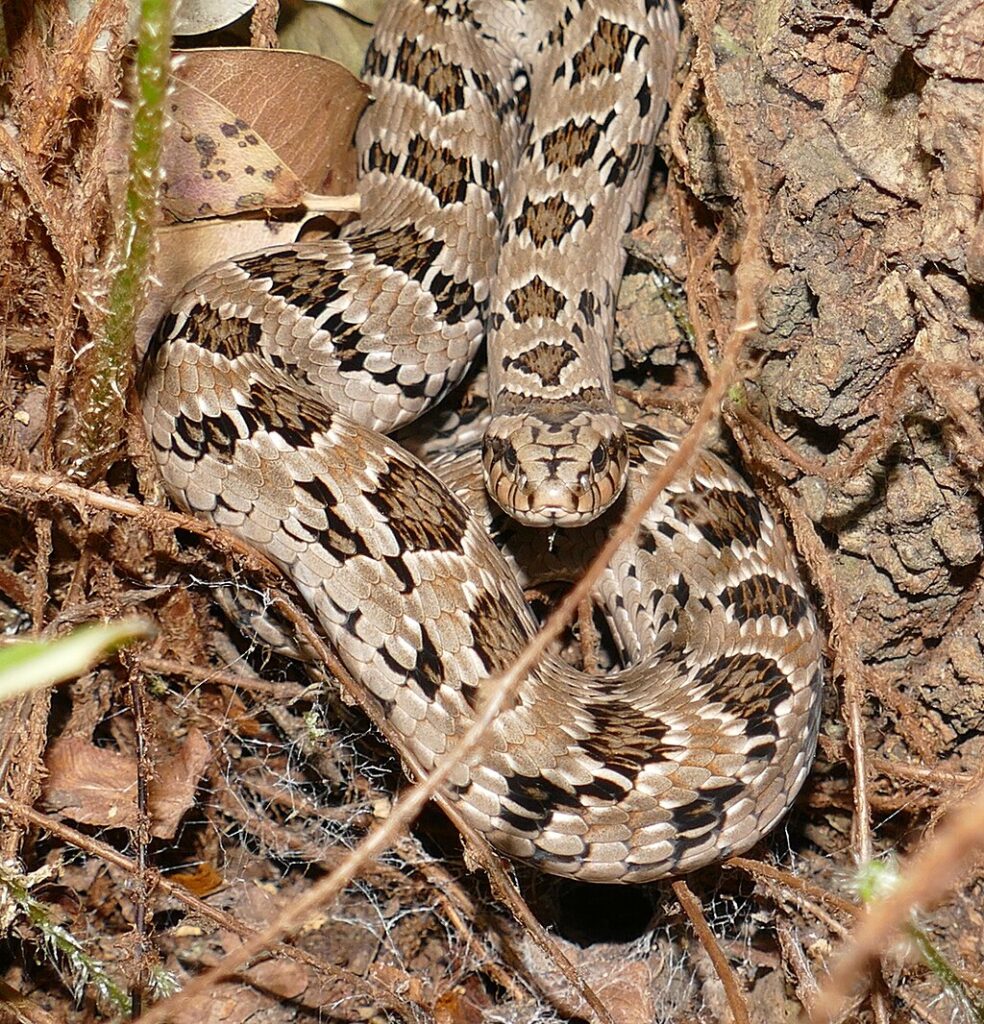
The world of snake perception is rife with misconceptions that have been perpetuated through popular culture and folklore. One prevalent myth is that snakes can hypnotize their prey or humans—a completely unfounded claim with no scientific basis. Another common misconception is that snakes hold grudges or seek revenge against humans who have frightened or harmed them. In reality, snakes lack the cognitive architecture for such complex emotional responses; their defensive behaviors are immediate reactions to perceived threats rather than calculated vendettas. Many people also incorrectly believe that a calm snake is a happy snake, when in fact, immobility can sometimes indicate stress or fear rather than contentment. Additionally, the idea that snakes can form emotional bonds with their owners similar to mammals is not supported by neurological evidence. While snakes can become habituated to handling and recognize familiar scents, this recognition doesn’t translate to emotional attachment as we understand it in mammals.
Practical Applications for Snake Owners
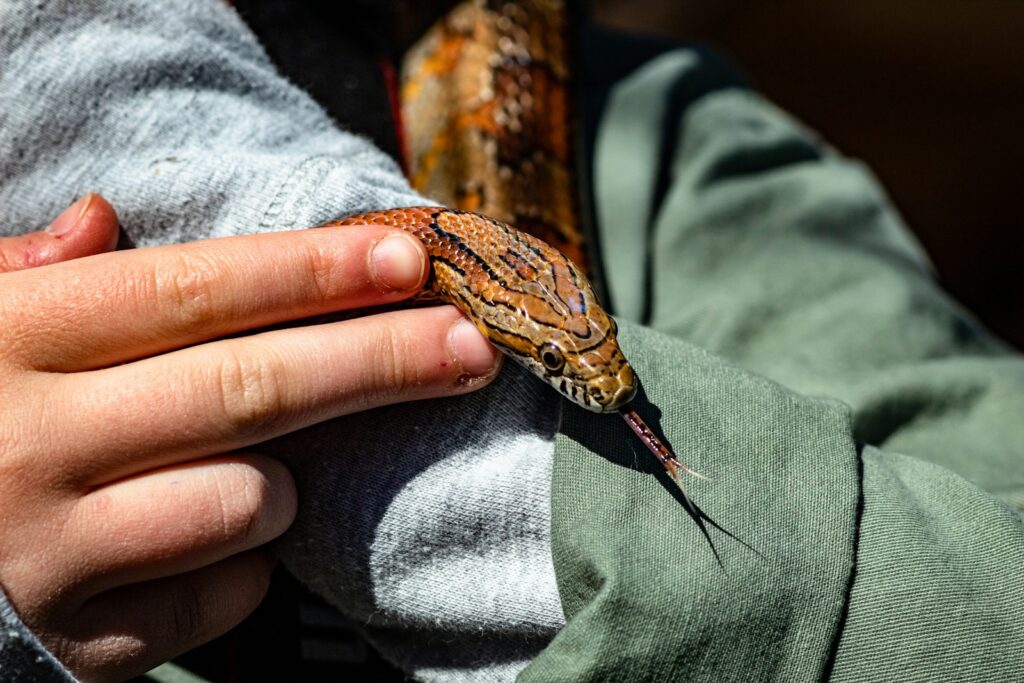
Understanding the realities of snake perception can significantly improve the handling experience for both reptile and owner. Maintaining calm, confident body language when handling snakes is beneficial—not because they sense your emotions directly, but because it promotes smooth, predictable movements that snakes find less threatening. Establishing a regular handling routine with consistent techniques helps snakes become habituated to human interaction. Before handling, washing hands to remove strong scents (like those from food or other animals) can prevent defensive reactions triggered by chemical cues. Supporting a snake’s body properly and avoiding sudden movements matters more than your emotional state. Temperature management is also crucial—keeping hands at an appropriate temperature (not too cold or hot) can make handling more comfortable for the snake. Finally, recognizing signs of stress in your snake—such as rapid breathing, tense muscles, or defensive postures—allows you to adjust your handling technique regardless of your own emotional state.
Evolutionary Perspective on Snake Perception
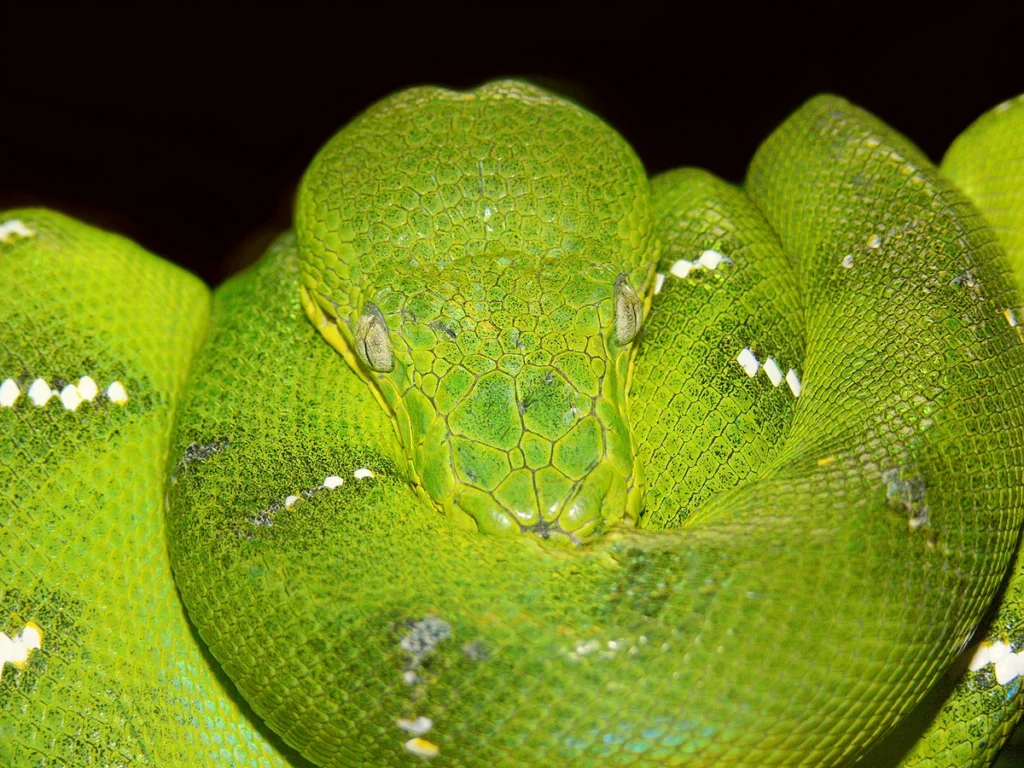
From an evolutionary standpoint, there would be little adaptive advantage for non-venomous snakes to evolve specific mechanisms for detecting human emotions. Snakes and humans have rarely interacted throughout most of evolutionary history, with regular contact being a relatively recent development in evolutionary timescales. Natural selection has shaped snake sensory systems primarily for survival-critical tasks: locating prey, avoiding predators, finding mates, and navigating their environment. The ability to detect predator presence would certainly be advantageous, but this would involve recognizing general threat cues rather than complex emotional states. Snakes that regularly prey on mammals have evolved to detect the presence and location of warm-blooded creatures, but distinguishing between various emotional states of those animals would offer minimal survival advantage. Their sensory systems are remarkably well-adapted for their ecological niches, but the specialized ability to read human emotions specifically would represent an evolutionary investment with little reproductive or survival benefit for most snake species.
Future Research Directions

The question of snake perception of human emotions offers several promising avenues for future scientific investigation. Controlled studies measuring snake physiological responses when exposed to humans in different emotional states could provide valuable insights, particularly if researchers control for variables like movement patterns and handling techniques. Advanced neuroimaging techniques, already beginning to be applied to reptilian subjects, might eventually allow scientists to observe brain activity in snakes responding to human handlers in different emotional states. Comparative studies examining differences in perception across various snake species could highlight whether more social snake species or those with longer domestication histories show an enhanced ability to discriminate human states. Chemical analysis of human sweat and skin secretions during different emotional states, paired with snake behavioural responses to these compounds, could clarify exactly what information snakes can detect about human physiological changes. As research techniques advance, our understanding of these fascinating reptiles and their perception of us will undoubtedly continue to evolve.
Conclusion: What Science Tells Us About Snake Perception

While non-venomous snakes possess remarkable sensory capabilities that allow them to detect certain physiological changes in humans, the scientific evidence does not support the idea that they can truly sense or understand human emotions as we experience them. Snakes can detect chemical signatures, body heat variations, and behavioral differences that may correlate with emotional states, but they process this information through instinctual pathways rather than emotional comprehension. Their neurological architecture lacks the specialized structures mammals use for emotional processing, and their evolutionary history as solitary hunters has prioritized different sensory adaptations. This doesn’t diminish the fascinating nature of snake perception—in many ways, their sensory experiences offer windows into entirely different ways of experiencing the world. For snake owners and enthusiasts, understanding these biological realities can foster more informed, respectful relationships with these remarkable reptiles, appreciating them for their actual capabilities rather than projecting human-like emotional abilities onto them.

